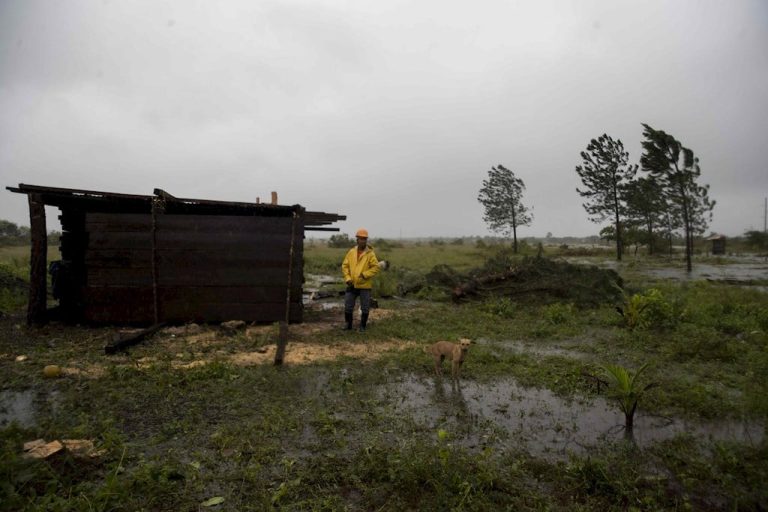10 de noviembre 2020

Children of Exile: The Births “Sowing Hope” in the Camp of Nicaraguan Farmers

PUBLICIDAD 1M
PUBLICIDAD 4D
PUBLICIDAD 5D
Daniel Ortega’s regime has hampered popular organizing that seeks to gather humanitarian aid for communities in the North Caribbean of Nicaragua.

The indigenous people of northeastern Nicaragua have revived an ancestral survival tactic. This time in the face of food scarcity caused by the impact of hurricane Eta and “neglect” by the authorities. The assessment came Friday from Joss Medrano Coleman, of the Atlantic Region Human Rights organization (Cejudhcan).
After four days without eating normally, indigenous people, mostly Miskitos and Mayagnas, have resorted to “pana pana.” It’s an ancestral practice of mutual support, which in Miskito means, “I give to you, you give to me.” In Mayagna it’s known as “biri biri,” that is, reciprocity.
“There is no formal employment here. The most important resource, which is the sea. With this hurricane, the people can’t go out to sea. This is causing a food crisis; thus, many families are using the ‘pana pana.’ They go to a house and give them what they have. That is how they are surviving,” explained Jose Medrano, who was in the Eta impact zone.
Dozens of families were left homeless or without a roof due to hurricane Eta, which struck 26 kilometers from Bilwi, as a category 4. However the greastet emergency in the area is food and water, according to Cejudhcan.
“Following the hurricane, people from the shelters began to leave. There were no conditions, there was no food, no sleeping mats. Many went home to see what they could get to eat, but they didn’t find their houses. They had to return. Indigenous people have always been abandoned by the State,” Medrano said.
The government reported the shipment of tons of food and zinc roofing sheets to the North Caribbean. However, days after, they had not been received in several of the areas most affected by the impact of Eta.
Cejudhcan believes that this aid was stopped by the flooding of the rivers. They believe this should have been taken into account before the impact of the hurricane.
Added to this are the complaints that the Ortega regime has obstructed spontaneous actions of solidarity with the victims. People want to help and the government’s refusal has received criticism from various sectors.
The Nicaraguan Center for Human Rights (CENIDH) pointed out that “the challenge posed by the devastating effect of hurricane ETA is aggravated by the government’s politicizing any assistance and obstructing citizen solidarity.”
Joss Medrano noted that the swampy North Caribbean, is of the most vulnerable and poorer areas of the country. It was already suffering a food crisis before the hurricane. If they do not receive food aid, they expect the situation to get “worse,” he said.
Eta has left a trail of devastation in Nicaragua. Thousands of people remain affected, material damages still must be estimated and the impact on human lives is unknown. The authorities do not recognize fatalities, of which at least two have been reported.
The hurricane crossed from east to west the North Caribbean region, the poorest area in the country, with about 500,000 inhabitants, the majority indigenous and Afro-descendant. It then continued through the extreme north of Nicaragua, where it mainly caused floods.
More than 30,000 people had been evacuated to temporary shelter centers. Some have begun to return to their homes, informed the government civil defense authorities (Sinapred).
Archivado como:
PUBLICIDAD 3M
Agencia de noticias internacional con sede en Madrid, España. Fundada en Burgos durante la guerra civil española en enero de 1939.
PUBLICIDAD 3D